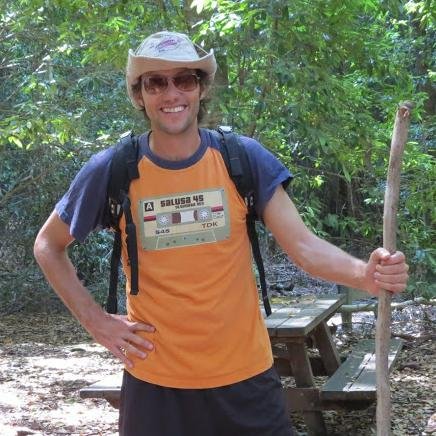Removing Barriers
I was recently asked about the limitations in my job, in particular, if “red tape” limits what we can do. This was a great question as I work to enable Open Science at NASA and to ensure that the research we produce is widely shared. While we have several different mechanisms including supporting technology to enable Open Science and grants to support sharing of results, removing the barriers to open science is one of the most important aspects of my job. We are currently on the precipice of removing some of those barriers, and I thought it was a great time to reflect on the question.
I’ve been at NASA for two years and these five things have really helped to remove barriers:
Patience When working in a large organization, there are very few things that move quickly. While it might seem like this change is something that would be obvious to do, there are often many interdependent parts that require alignment before progress can be made. It takes time to build consensus, connect to others, and follow the processes that are in place. Depending on the organization and complexity of the change, this may take months or even years.
Persistence The fact that things do take time makes persistence even more important. Especially when everyone is busy, it is easy for important things to be overtaken by other circumstances. Sometimes, this means being a squeaky wheel so that the process keeps making progress. Sometimes, it means reminding people of the importance of the change. Rarely, though does a policy change without an advocate for it.
Wisdom Patience and persistence both take time and energy, and it is important to know when it is worthwhile to spend that time and energy. Some changes are too big right now, and it is worthwhile to make the smaller changes that you can. Some changes require different processes, and it is critical to know the right process to make a particular change. This also sometimes means knowing which things can be ignored and which things cannot be.
Synchronicity Change becomes much easier when you are not alone in making it: (1) Being able to point to other groups that are making the change; (2) the need for change coming from top-down, bottom-up, and both sides; (3) having independent studies, white papers, data driven support, and policies for the change is key to convincing others. It is much easier to ride the wave, than to swim again the tide.
Trust Making a change is much easier when people trust you. Building networks is a crucial aspect to change and change can occur much more quickly when there is trust between the different stakeholders. Without trust, people will, at best, ignore you or will, at worst, work against you. While if you do have people’s trust, they will not only work with you, but they may even further advance your goals, especially when shared.
There are others things that will help the change process along the way. Having the support of leadership, trying to solve a common problem, and knowing the right processes (which can often be the most difficult especially when the right processes may not even exist) can all be extremely helpful to make a change. In the last two years, I found myself asking the question “Ah good, but how do we make this change?” until I found the answer and the right person to answer that question. Though I really have found that patience, persistence, wisdom, synchronicity, and trust have been critical to removing the barriers to Open Science.
